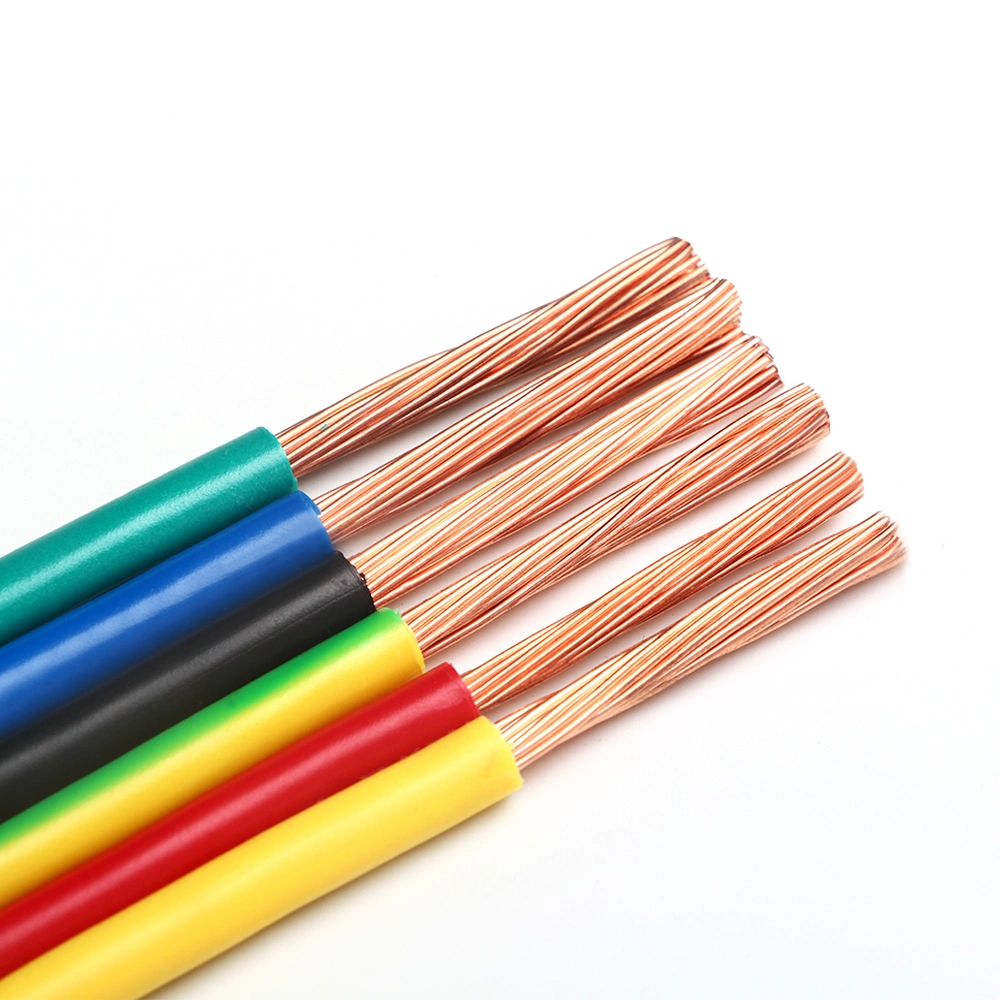When it comes to electronic soldering, the choice of metal is pivotal to achieving reliable and durable connections. Soldering is a fundamental process in electronics, allowing components to be joined together on a circuit board. However, not all solder is created equal. This article delves into the various metals used in electronic soldering, their properties, and how they influence the performance of electronic devices.
The Basics of Soldering
Soldering is a process that involves melting a filler metal to join two or more electronic components. The solder cools and solidifies, creating a strong electrical and mechanical bond. The effectiveness of this bond largely depends on the composition of the solder used.
Common Metals Used in Soldering
- Tin (Sn):
Tin is the primary metal used in most solder formulations. It has excellent wetting properties, which means it flows easily over surfaces, creating a strong bond. Tin is also resistant to corrosion, making it ideal for long-lasting connections. In traditional solder, tin is often combined with lead. - Lead (Pb):
Lead has been a staple in soldering for decades due to its low melting point and excellent flow characteristics. However, due to health concerns associated with lead exposure, its use has been restricted in many applications, particularly in consumer electronics. The RoHS (Restriction of Hazardous Substances) directive has led to the development of lead-free alternatives. - Silver (Ag):
Silver is often added to solder alloys to improve conductivity and mechanical strength. Silver-bearing solders are particularly useful in high-reliability applications, such as aerospace and medical devices. However, silver is more expensive than tin and lead, which can increase the overall cost of production. - Copper (Cu):
Copper is sometimes used in solder formulations to enhance thermal and electrical conductivity. It is particularly beneficial in applications where heat dissipation is crucial. However, copper can also lead to oxidation, which may compromise the quality of the solder joint if not managed properly. - Bismuth (Bi):
Bismuth is a key component in many lead-free solder formulations. It has a low melting point and is non-toxic, making it an attractive alternative to lead. Bismuth-based solders are particularly useful in applications where low-temperature processing is required.
Lead-Free Soldering: The Shift in Industry Standards
The transition from lead-based to lead-free soldering has been a significant trend in the electronics industry. This shift is driven by health and environmental concerns, as well as regulatory requirements. Lead-free solders typically consist of a combination of tin, silver, and copper (SAC), which provides a balance of performance and safety.
While lead-free solders have made significant advancements, they do present challenges. Higher melting points can complicate the soldering process, requiring adjustments in equipment and techniques. Additionally, lead-free solders may have different wetting characteristics, which can affect the quality of the solder joint.
The Importance of Soldering Techniques
Regardless of the metal used, the technique employed during soldering plays a crucial role in the outcome. Proper temperature control, solder application, and joint preparation are essential for achieving optimal results. For instance, overheating can lead to oxidation, while insufficient heat may result in cold solder joints.
Conclusion
Understanding the metals used in electronic soldering is essential for anyone involved in electronics manufacturing or repair. The choice of solder affects not only the quality of the connections but also the longevity and reliability of electronic devices. As the industry continues to evolve, staying informed about the latest soldering materials and techniques will ensure that you can produce high-quality, reliable electronic assemblies.



